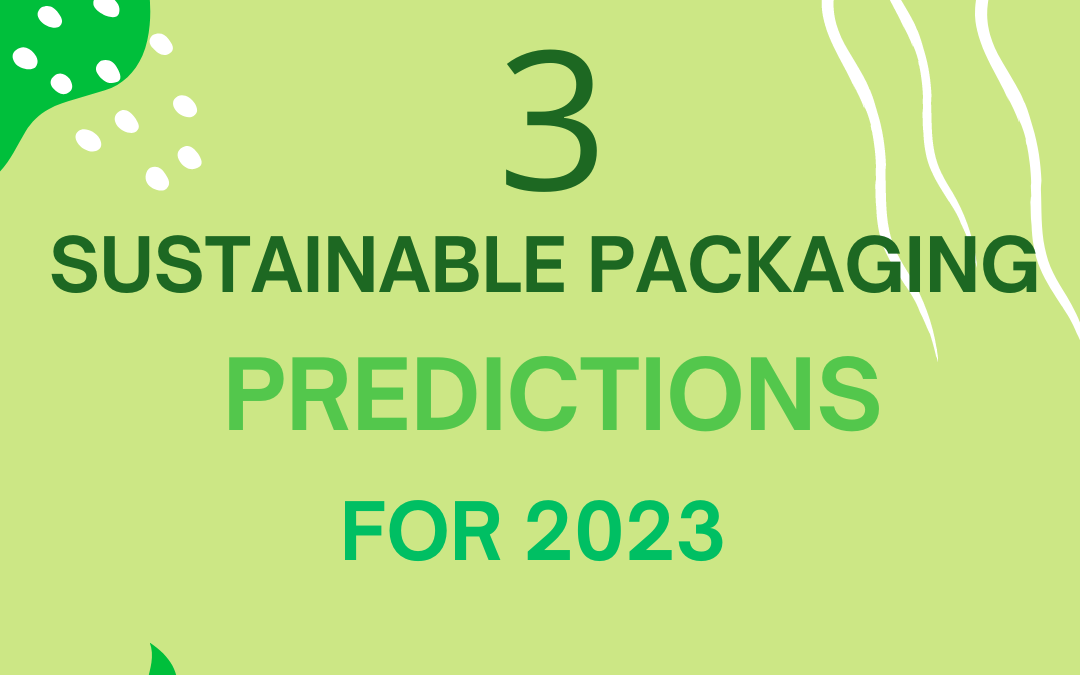What’s in the forecast this year for sustainable packaging? We’ve captured three of the largest trends, and as you might expect, are connected to sustainable packaging issues from last year. Let’s jump in!
- The “Paperization” of Consumer Packaging
Experts at SPRING (Sustainable Packaging Research, Information, and Networking Group) have observed that plastics are increasingly being replaced by paper, and primarily because of consumer perceptions. Most people believe that paper is more renewable and recyclable than poly or PET. Additionally, price is a factor. SPRING’s Chaz Miller reports that pricing for OCC (old corrugated containers) in the Northeast US is currently about $37.50 a ton vs. $172.50 just one year ago. While paper products are rising, compostable plastic is phasing out due to ineffective decomposition, confusing certifications, and a lack of home composting. A recent study published in Frontiers in Sustainability found that about 60% of home compostable plastic does not fully decompose, creating soil contamination.
- “Anti-Greenwashing” Wave Lead by Europe
The Federal Trade Commission in the US is in the process of updating the decade-old “Green Guides” to address companies making deceptive claims that distort the market for environmentally friendly products, but while the US is walking towards the “anti-greenwashing” movement, Europe is picking up to a steady sprint. For example, the French Climate and Resilience Law now targets claims about, “…its quantity, method, and date of manufacture, the conditions for use and its fitness for its intended use, its properties and the results expected from its use, in particular its environmental impact, as well as the results and main characteristics of the tests and controls carried out on the relevant good or service.”
- Pressure to Eliminate Secondary Packaging
The EU is proposing new draft regulations to tackle over-packaging. Starting in 2030, “each packaging unit will have to be reduced to its minimum size in terms of weight, volume and packaging layers, for example by limiting empty space.” Under these proposals, EU member states must reduce packaging waste per capita by 15% by 2040 vs. 2018. Secondary packaging traditionally includes outer corrugated cartons, stretch and shrink film, cornerboards, and straps, but it might also include outer primary packaging like on-shelf paperboard cartons used for cosmetics and toiletries. Packaging innovations designed to meet new regulations will surely drive innovations in North America.
American companies would be wise to get on board; Walmart is one massive retailer that committed to having 100% recyclable, reusable, or industrially-compostable packaging in all Walmart’s own Private Brands by 2025. If you need a sustainable packaging solution, ForeFront Packaging may be able to help. Email info@fpcpack.com or call 708-836-1105 to set up a conversation to learn more.

